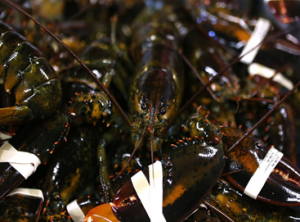 Post contributed by CF Rad
Post contributed by CF Rad
Hello readers! It is finally springtime and we can venture out in the open again. Picnics and the great outdoors are calling once again!
Did you know that the haiku, a Japanese short poem, was traditionally written on the theme of nature and its related imagery? So if you’re enjoying the season and feel like calling on your inner poet, a haiku might be a good way to start! Here is how you can write one in 3 easy steps:
- The 5-7-5 structure
On the face of it, a haiku looks like a simple three-line poem. However, its structure is a bit more complicated than that- the lines follow strict syllabic rules. The first and third lines must consist of 5 syllables each, while the second line must have 7 syllables (a syllable is a single unit of sound). This makes a haiku consist of 17 syllables in total. For instance:
An old silent pond (5)
A frog jumps into the pond— (7)
Splash! Silence again. (5)
– “The Old Pond” by Matsuo Bashō
- Deciding on a theme
Traditionally, the purpose of a haiku was to describe the seasons and how they changed throughout the year. However, contemporary haikus are not always written about nature. Most haikus do continue to follow a fundamental rule, though- that a haiku must juxtapose two contrasting themes or images in its content. This can be done by using a “kireji“, or a cutting word, which can be helpful but is not necessary. In the haiku above, “Splash!” would be considered the kireji, as it juxtaposes the silence of the pond against the sound of the frog jumping in.
- Identifying word/ kigo
While it is not necessary to write about nature while composing a haiku, most poets use “kigo” which is any word or phrase that relates to nature, placing the haiku in a particular season. Using a kigo allows you to write about any theme you please, while also paying homage to the traditional structure of a haiku. Some of the most classic kigo are sakura (cherry blossoms) for spring; fuji (Wisteria) for summer; tsuki (moon) for fall; and samushi (cold) for winter.
Here is an example of kigo in a haiku not written about nature:
love between us is
speech and breath. loving you is
a long river running.
– Sonia Sanchez “Haiku [for you]”
Here, the poet uses the word “river” as a kigo, referencing nature in a poem about love.
And that makes you all set to write your first haiku! Feel free to share them with us on social media for a chance to get featured. Happy writing folks!













